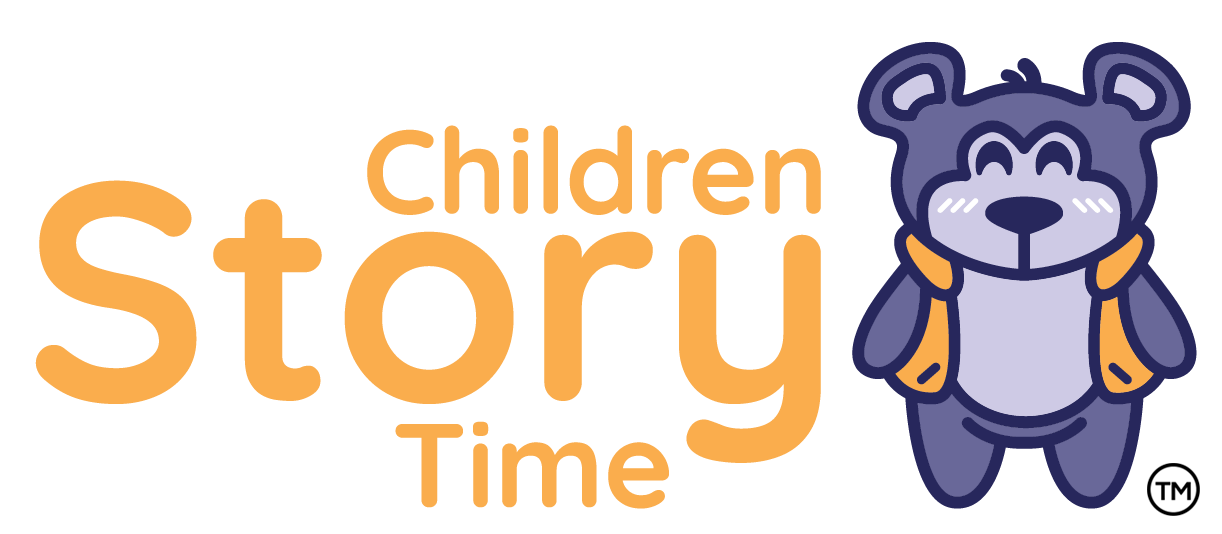
Introduction
In the magical realm of books and writing, children
embark on adventures, unravel mysteries, and
express their deepest thoughts. As parents,
teachers, mommy bloggers, and, most importantly,
as custodians of young minds, we have the privilege
and responsibility to nurture a love for reading and
writing in our little ones. This guide is a roadmap for
fostering a literary journey, filled with insights, tips,
and creative ideas to inspire the next generation of
wordsmiths.
Section 1: The Power of Early Literacy

Building the Foundation for Literacy
Collaborate with parents, teachers, and mommy bloggers to understand the
significance of early literacy. Discuss the impact of reading to children from a
young age, exposing them to language patterns, vocabulary, and storytelling
structures that lay the foundation for strong literacy skills.
The Role of Writing in Early Childhood
Engage with teachers, parents, and mommy bloggers to explore the importance of
introducing writing in the early years. Discuss how scribbling and drawing
contribute to the development of fine motor skills and the emergence of early
writing skills. Share age-appropriate writing activities that inspire creativity.

Section 2: Fostering a Love for Reading in Children

Creating a Reading-Friendly Environment
Collaborate on crafting an environment that encourages a love for reading at home
and in the classroom. Discuss the importance of a cozy reading nook, well-stocked
bookshelves, and age-appropriate reading materials. Share tips for making reading
an enjoyable and shared experience.
Storytelling Sessions and Read-Alouds
Explore the benefits of regular storytelling sessions and read-alouds. Teachers,
parents, and mommy bloggers can collaborate to compile lists of engaging and
age-appropriate books for different age groups. Discuss the interactive elements of
read-alouds that captivate children’s attention and foster a love for storytelling.

Section 3: Nurturing Young Writers

Encouraging Expressive Writing
Engage with parents, teachers, and mommy bloggers to discuss the importance of
encouraging expressive writing in children. Share prompts and activities that inspire
children to articulate their thoughts and feelings through writing. Discuss the role of
journals and diaries in providing a private space for personal expression.
Introducing Creative Writing
Collaborate on introducing creative writing to children in a fun and interactive
manner. Discuss the benefits of storytelling games, writing prompts, and
collaborative writing projects that ignite the imagination. Share examples of how
creativity can be infused into writing activities at home and in the classroom.

Section 4: Fostering a Writing-Friendly Environment

Setting Up a Writing Space
Explore the idea of creating a dedicated writing space at home or in the classroom.
Collaborate with parents, teachers, and mommy bloggers to discuss the elements
of an inspiring writing space, including comfortable seating, a variety of writing
tools, and prompts for inspiration.
Celebrating Young Authors
Engage with teachers, parents, and mommy bloggers to explore ways to celebrate
children’s writing achievements. Discuss the importance of acknowledging and
displaying children’s written works, organizing writing contests, and creating a
culture that values and celebrates the written word.

Section 5: Technology and Writing for Young Minds

Interactive Writing Apps and Platforms
Collaborate on discovering age-appropriate writing apps and platforms that make
writing engaging for children. Discuss the benefits of interactive tools that enhance
writing skills while incorporating technology. Share recommendations for apps that
strike a balance between education and entertainment.
Digital Storytelling
Explore the world of digital storytelling and collaborative writing projects. Teachers,
parents, and mommy bloggers can share insights on how technology can be
leveraged to foster creativity in writing. Discuss platforms that allow children to
write, illustrate, and share their stories digitally.

Section 6: Navigating Challenges and Fostering a Growth Mindset

Addressing Writing Challenges
Engage in a dialogue with parents, teachers, and mommy bloggers about common
writing challenges children may face. Discuss strategies for addressing issues such
as reluctance to write, spelling concerns, and building confidence in expressing
ideas on paper.
Cultivating a Growth Mindset
Collaborate on instilling a growth mindset in young writers. Discuss the importance
of praising effort over perfection, providing constructive feedback, and
encouraging a positive attitude towards learning and improving writing skills. Share
success stories of overcoming writing challenges.

Conclusion

As we guide our little wordsmiths through the enchanting
world of books and writing, we embark on a journey of
discovery, expression, and lifelong learning. By collaborating
with parents, teachers, and mommy bloggers, we create a
supportive ecosystem where the love for words can flourish.
May the pages of our children’s stories be filled with creativity,
resilience, and a boundless love for the written word. Happy
reading and writing!




